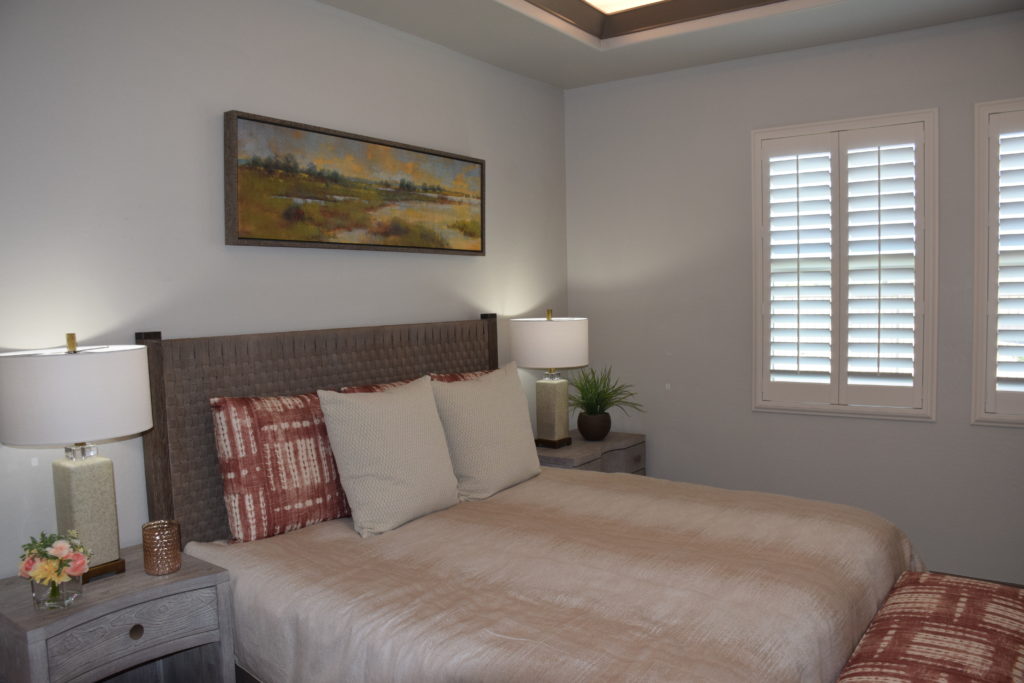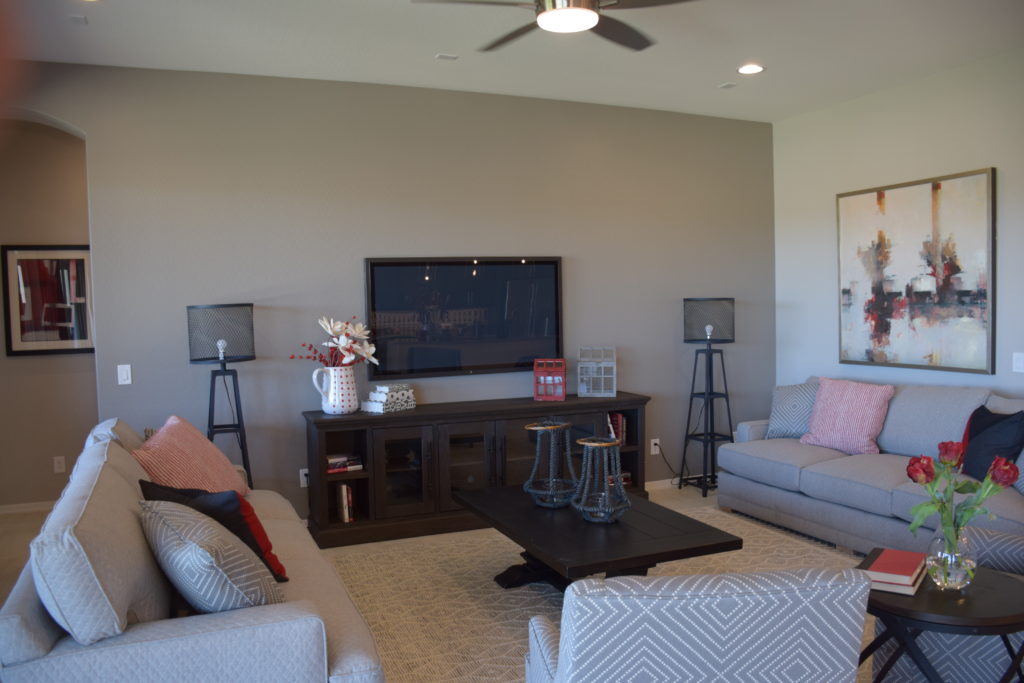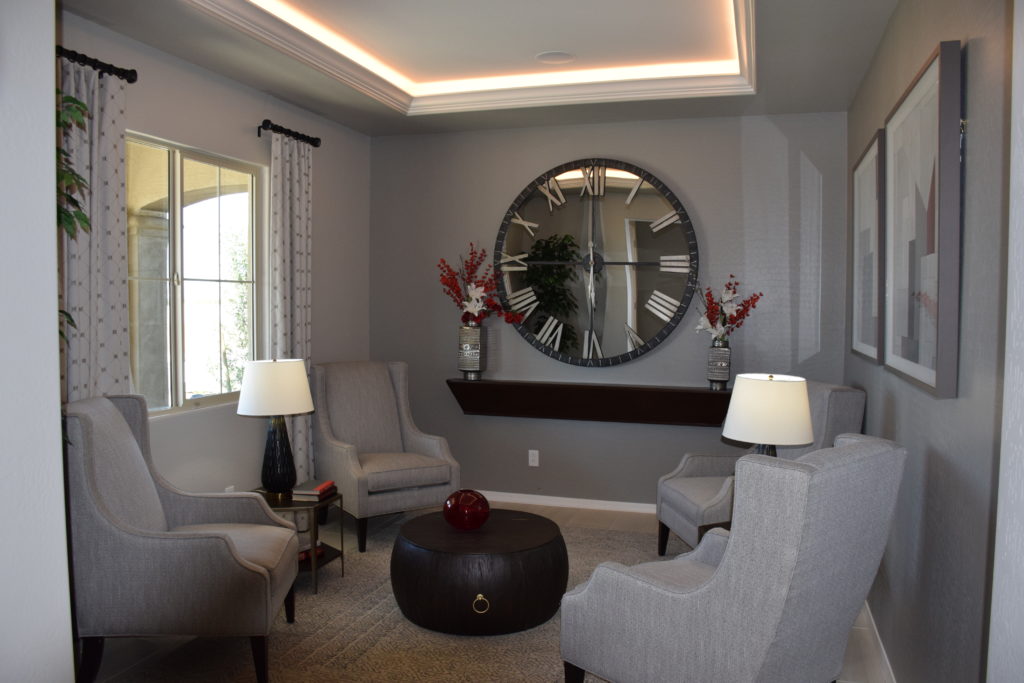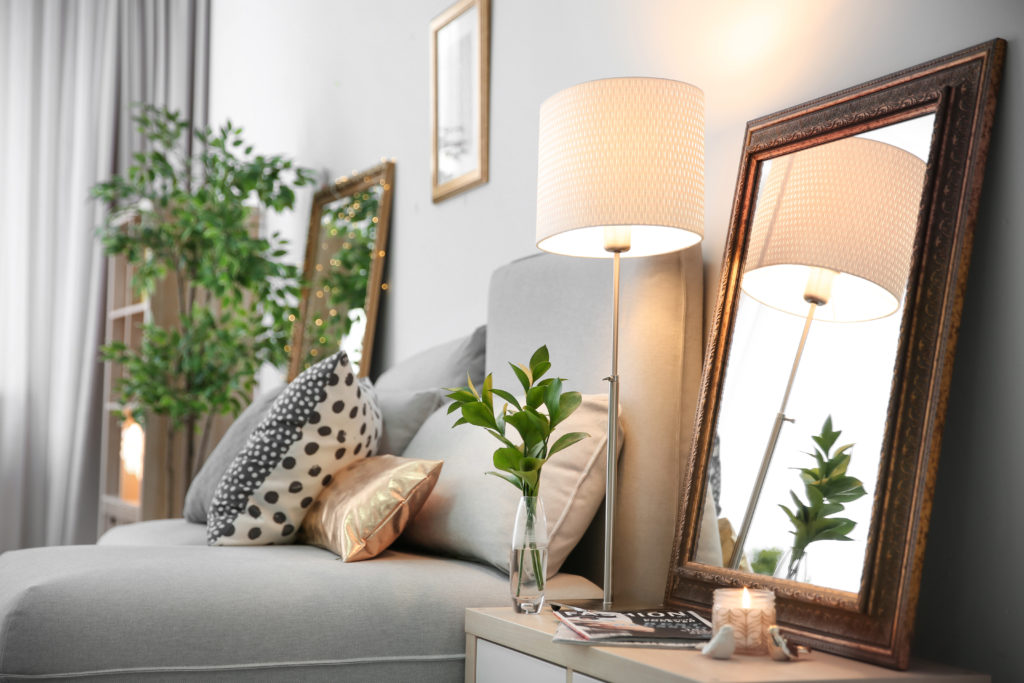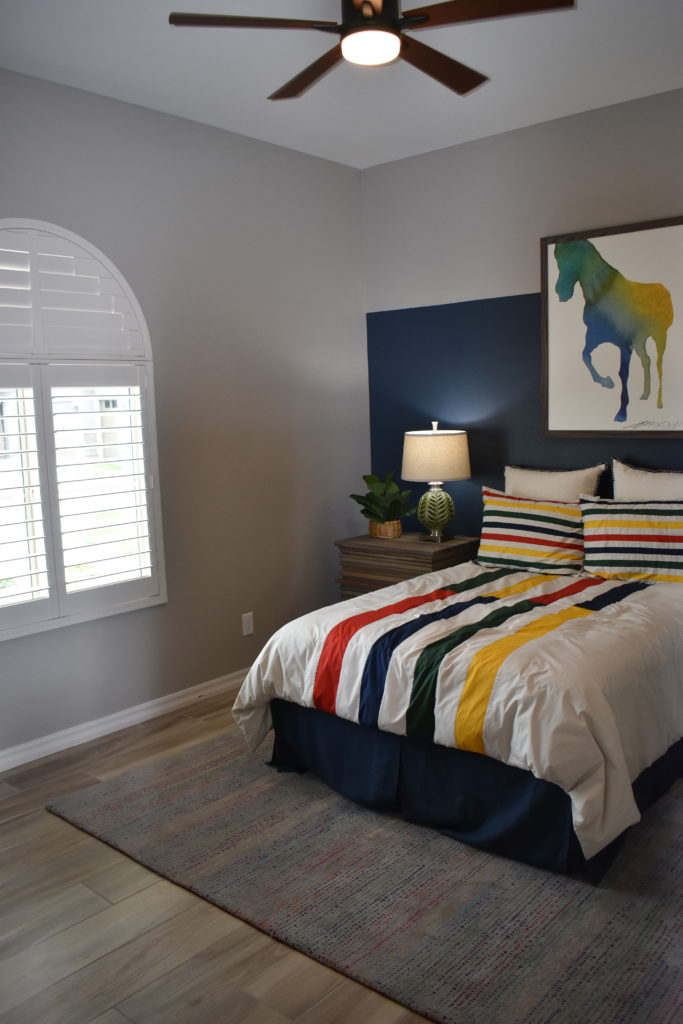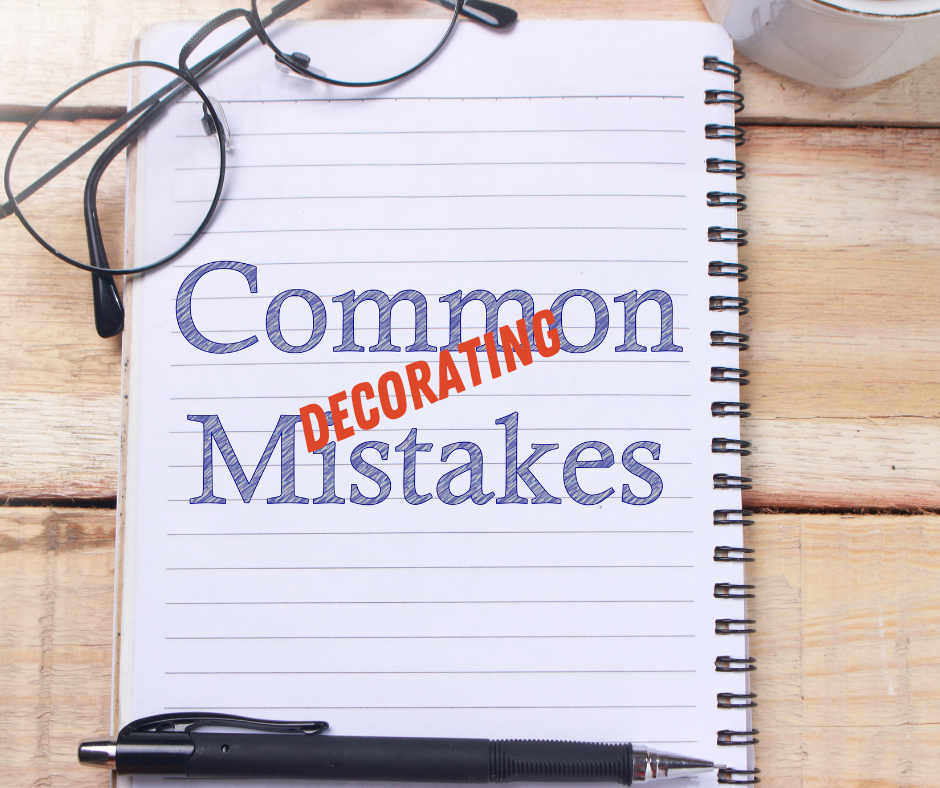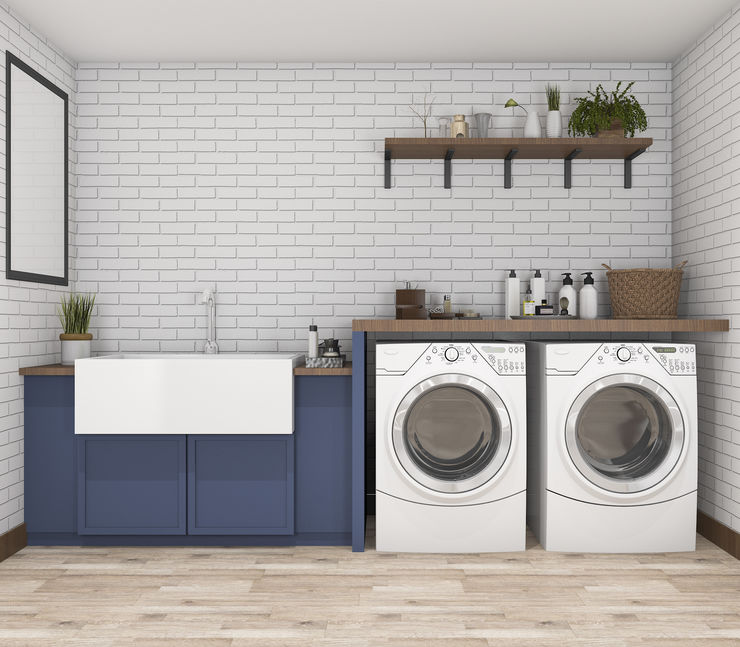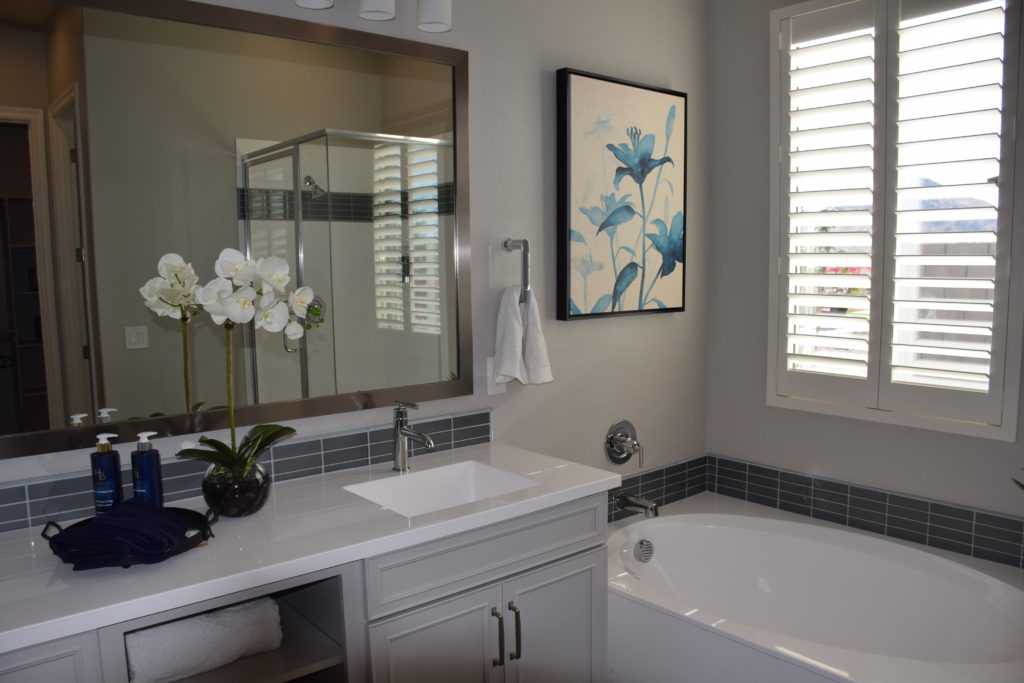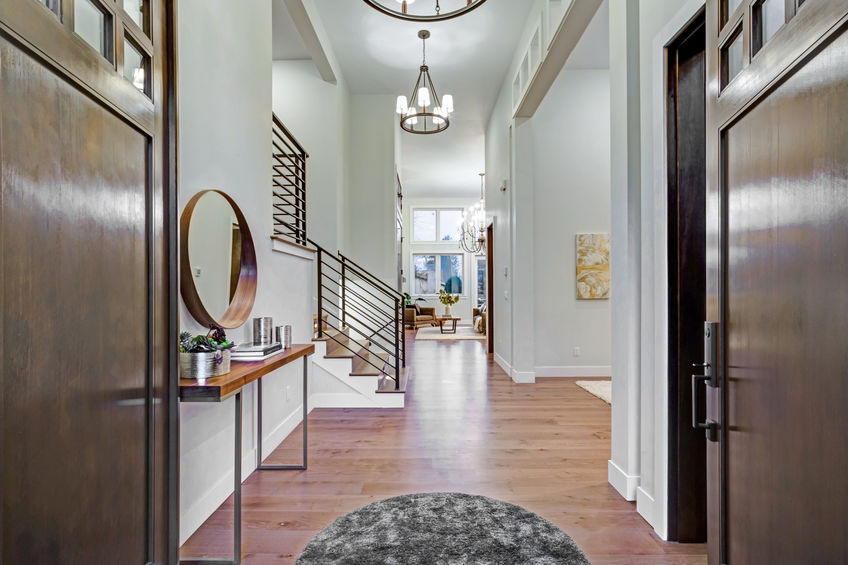
If you want to decorate your home for Thanksgiving, your best resource is your local grocery store! Pumpkins – generally half price or less after Halloween – can join with pomegrantes gourds, squash and Indian corn to make your home inviting and seasonal.
Start by browsing through your collection of accessories. Do you have any antiques that would go well with autumn moods and colors? Baskets and pottery or metal bowls look inviting when filled with smaller fall products. If you purchase a nice selection of various squash, they will hold up throughout the season and are excellent roasted after their decorative use is over.
Once you’re finished rummaging through your home and local grocer, step outside and take full advantage of fall’s bounty. Do you have any trees with turning leaves? These can make for beautiful decorations on Thanksgiving day. Also look for dried grasses and berries on your property or along the roadside to add color and personality to your displays. With a little imagination and effort, you can create a fall environment in your home that will take your guest’s breath away.
Now, close your eyes and imagine how wonderful your house will look. Do you have any ideas or tips to make our vision of your home even better?

